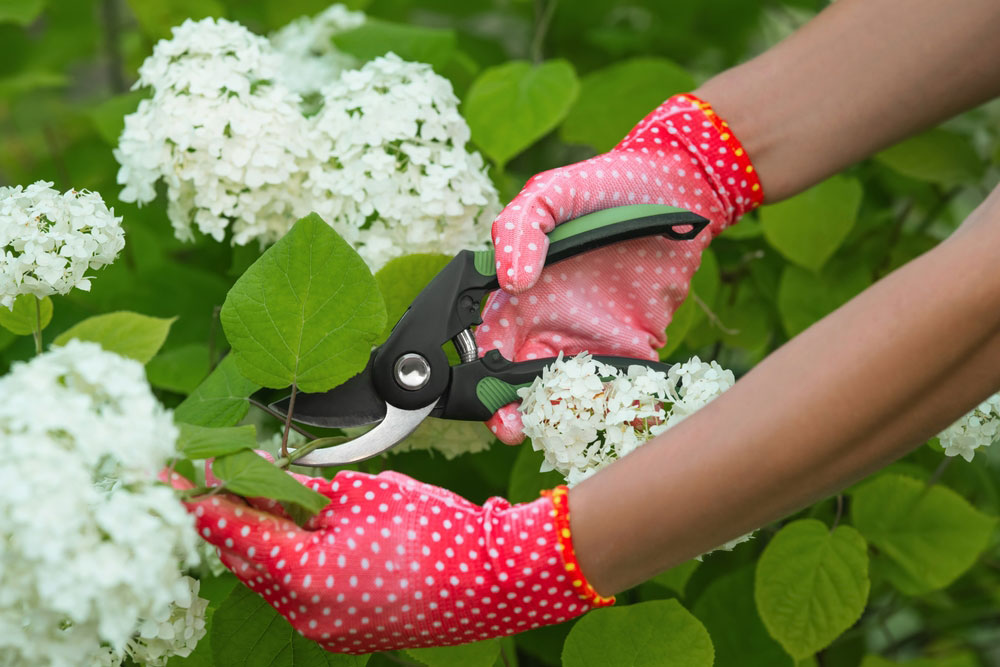Gardening can be immensely rewarding, but it also requires some know-how to keep your plants thriving. One key practice in maintaining your garden is summer pruning, which can lead to healthier and more vibrant perennials. Knowing which perennials benefit from a summer trim can make a significant difference in your garden’s appearance and plant health.
When you prune perennials during the summer, you encourage new growth and help the plants conserve energy for the upcoming growing seasons.
Summer pruning also helps in shaping the plants and reducing disease. These advantages can turn your garden into a lush, colorful paradise.
1. Lavender
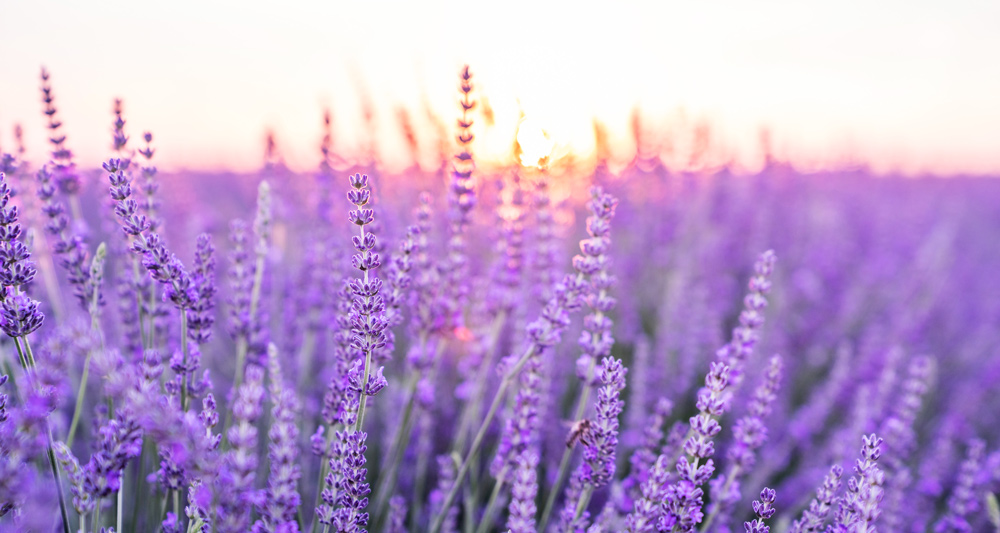
Lavender is a popular perennial known for its fragrant, purple blooms.
Pruning Lavender in summer helps maintain its shape and encourages new growth.
After the first flush of flowers, trim back the spent blooms and about one-third of the foliage.
This simple step ensures your Lavender stays healthy and vibrant throughout the growing season.
2. Geranium
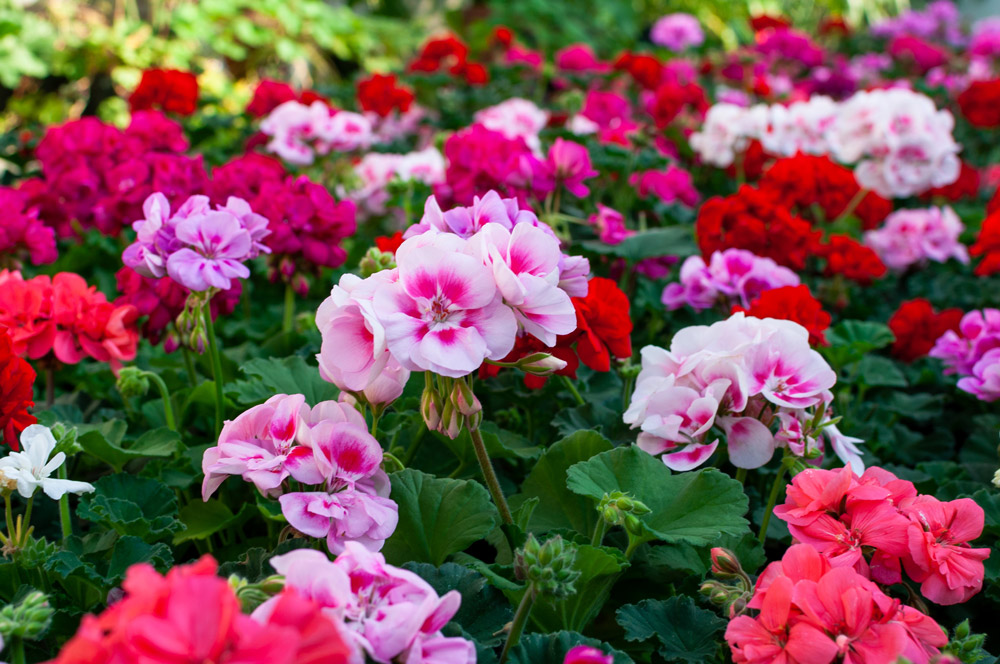
Geraniums thrive with a good summer pruning. Trim back the leggy stems to encourage fresh growth and keep the plant looking tidy.
Don’t worry about being too harsh; geraniums are quite resilient. After pruning, you’ll notice an increase in flowers and a more compact shape.
Remember to deadhead spent blooms to extend the flowering period, ensuring a vibrant display all season.
3. Salvia
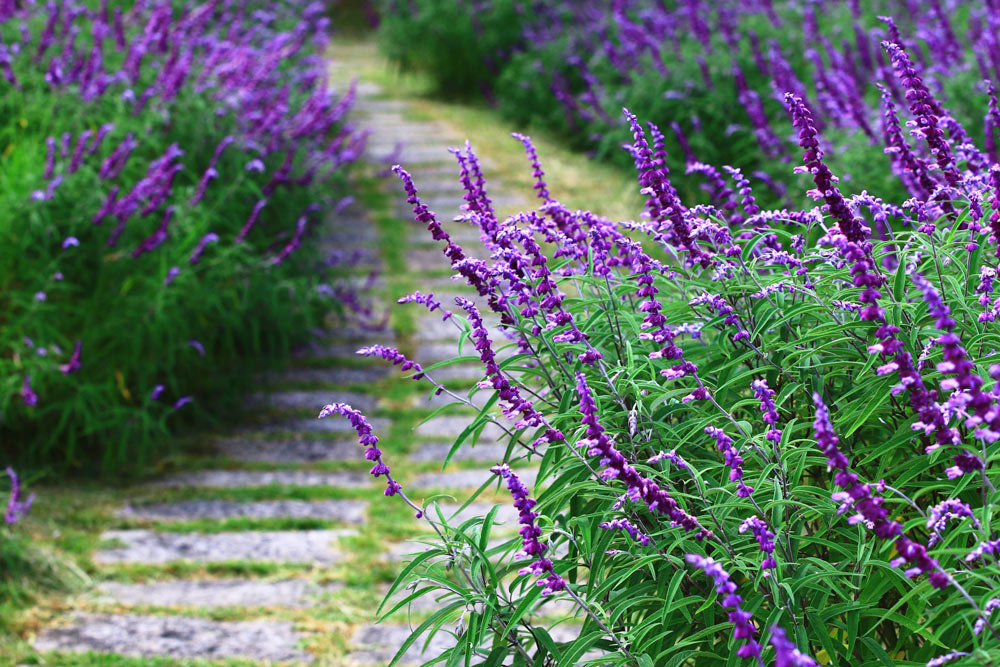
Salvia thrives with a good summer pruning. By mid-summer, its blooms might start to look tired.
Cutting them back encourages fresh growth and more vibrant flowers later in the season.
Aim to trim about one-third of the plant, focusing on spent blooms and leggy stems. This keeps your Salvia looking lush and continually vibrant.
4. Lantana
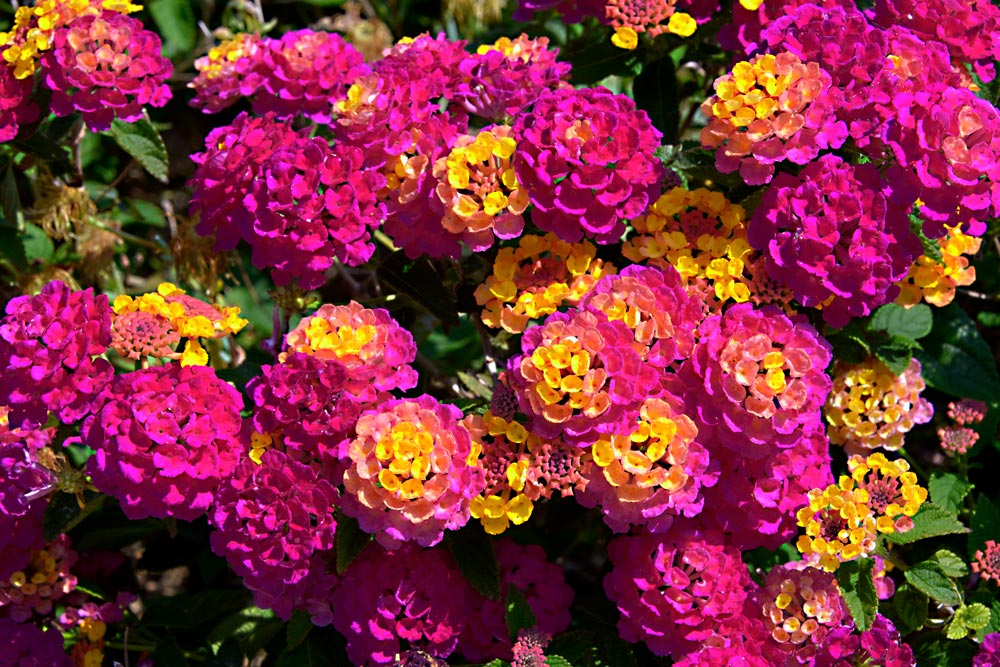
Lantana blooms abundantly during summer and benefits greatly from pruning. You should trim back the spent blooms to encourage new growth and more flowers.
Cut back the plant by about a third to keep it manageable and to promote a bushier shape. Regular pruning helps Lantana stay healthy and vibrant throughout the season.
5. Catmint
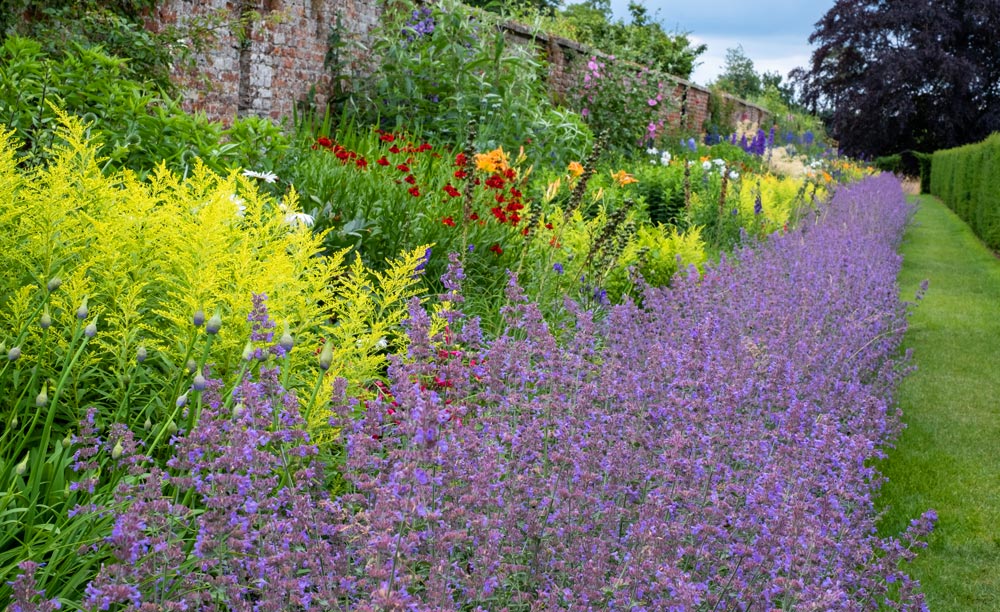
Catmint is a resilient perennial that thrives with a summer pruning. You should trim it back by about a third after the first bloom. This encourages a second flush of flowers.
Pruning helps maintain the plant’s shape and prevents it from becoming too leggy. Use clean shears for a clean cut.
6. Echinacea
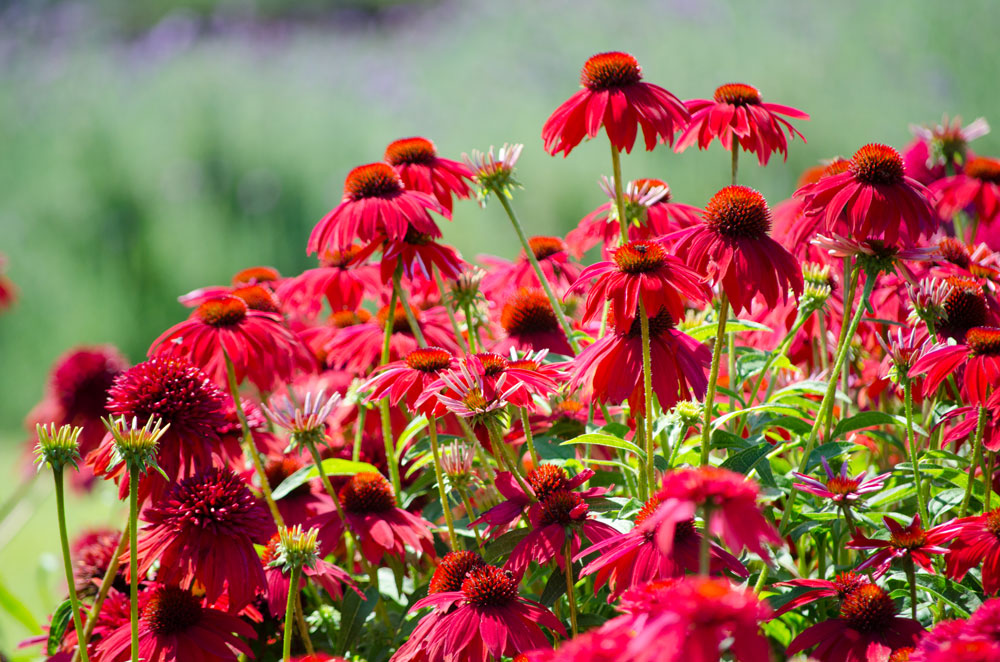
Echinacea is a popular perennial known for its daisy-like flowers. Summer pruning helps keep your plant healthy and encourages more blooms.
When pruning, remove spent flowers and cut back any overgrown stems. This promotes bushier growth and prevents legginess. Regular pruning will reward you with vibrant and plentiful flowers throughout the season.
7. Phlox
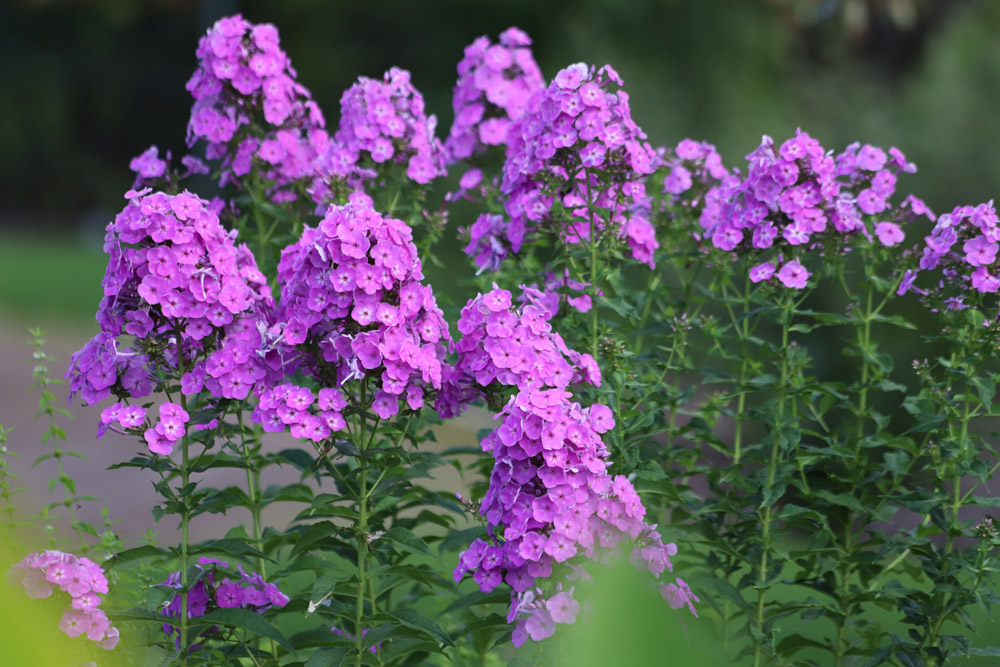
Phlox benefits greatly from a summer pruning. By cutting back the spent flower stems, you encourage a second bloom.
Pruning also helps control the plant’s height, making it less likely to flop over.
Remove dead or diseased stems to keep the plant healthy. Regular trimming keeps your garden looking neat and tidy.
8. Coreopsis
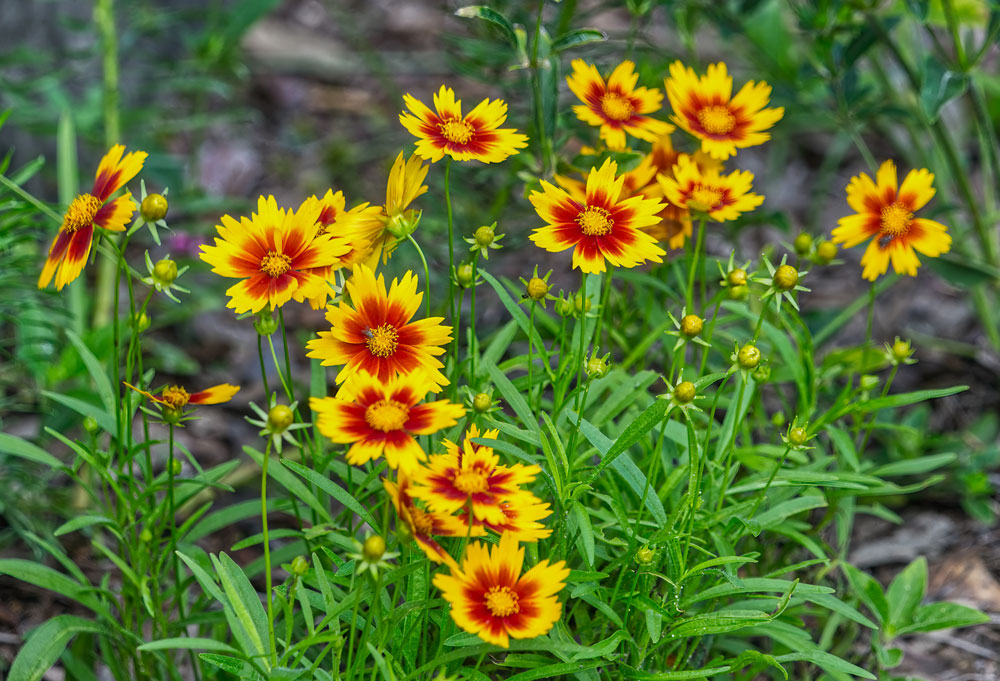
Bright and cheerful, Coreopsis thrives with summer pruning. Cutting back spent blooms encourages new flower growth.
This practice helps maintain a tidy appearance in your garden. Coreopsis will reward you with an extended flowering season.
Snip stems back by one-third after the first bloom to see the best results.
9. Shasta Daisy
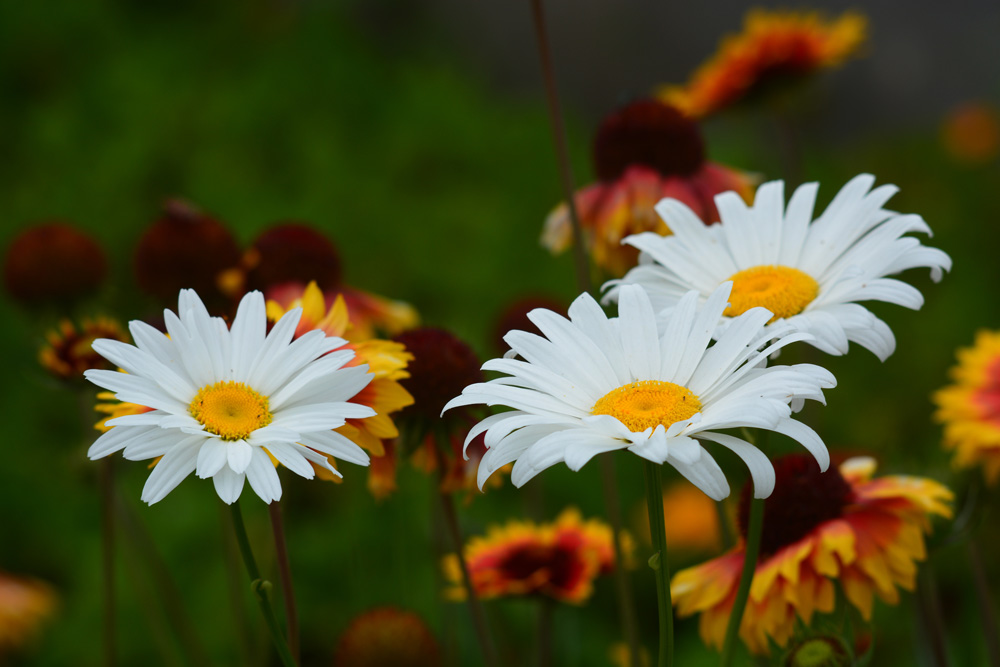
Your Shasta Daisies will thrive with a little summer pruning. Cut back faded blooms to encourage new flowers and keep the plant looking fresh.
If you trim about a third of the plant, it helps maintain its shape and prevent legginess. Your garden will be rewarded with a longer blooming period and healthier plants.
10. Russian Sage

Russian Sage blooms beautifully from mid-summer to fall, with striking lavender-blue flowers. Pruning in summer helps maintain its shape and encourages fresh growth.
Cut back a third of the top growth once blooming reduces. You’ll have healthier plants and vibrant flowers lasting through the season.
11. Yarrow
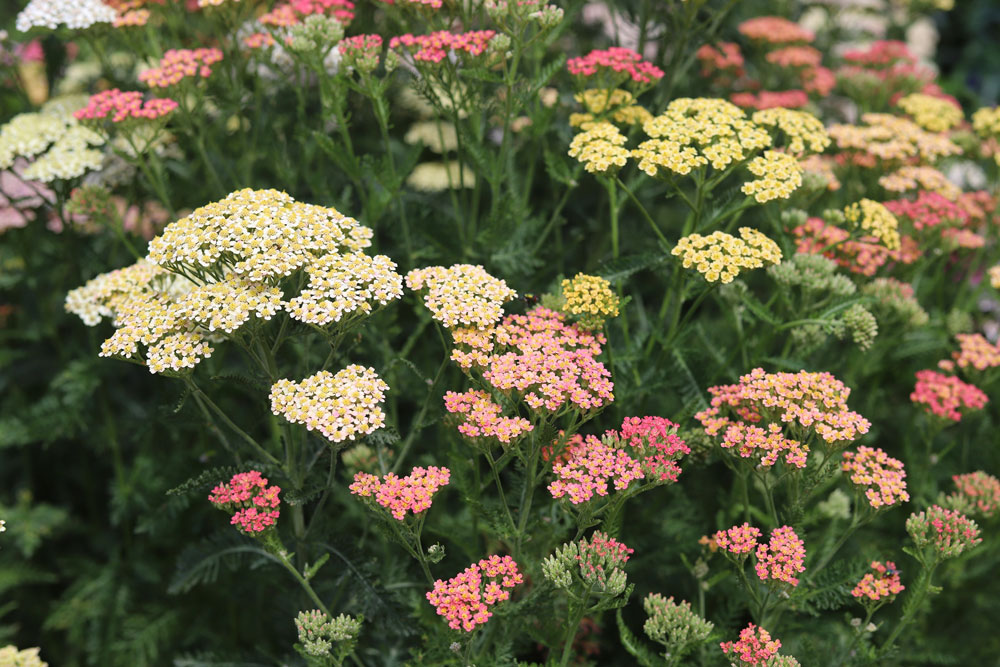
Yarrow’s feathery foliage and clusters of colorful flowers make it a summer garden favorite. Prune the plant once its first bloom cycle ends to encourage a second flush of flowers.
Cutting back yarrow by one-third also helps prevent legginess, keeping your garden looking neat. Regular pruning can enhance its overall vigor and flowering potential.
12. Daylilies
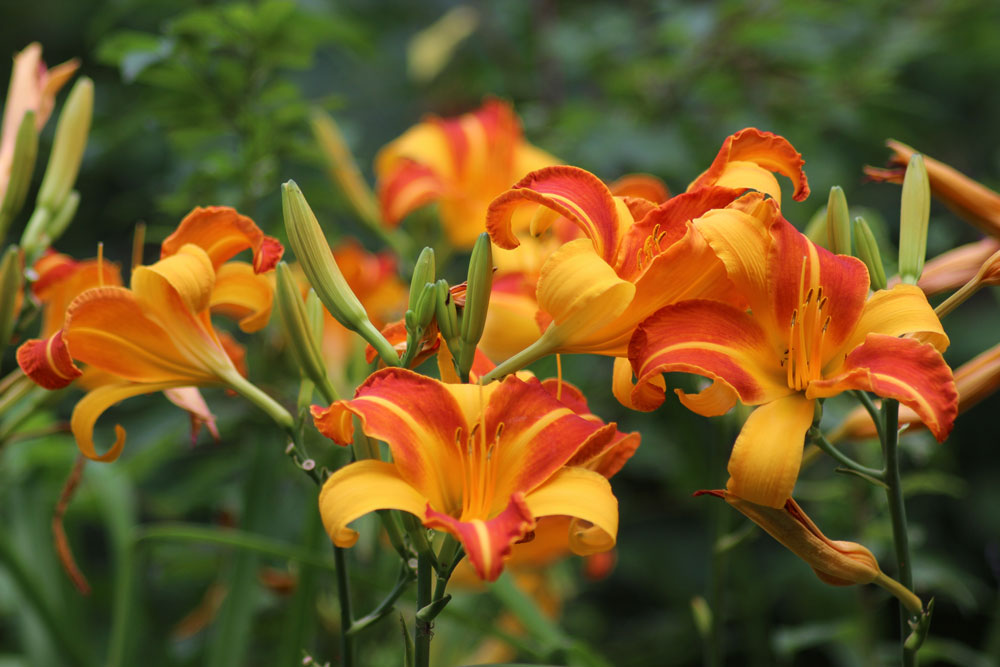
Daylilies benefit greatly from a summer pruning. Trim spent blooms to encourage more flowers. Cut back the foliage to keep your plants looking tidy.
Pruning helps control the spread and improves air circulation. This reduces the risk of diseases. Remember to use clean, sharp tools to avoid damaging your plants. Pruning daylilies ensures they stay vibrant and healthy throughout the season.
13. Veronica

Pruning Veronica in the summer can encourage a second bloom.
This helps to keep the plant bushy and vibrant.
Remove spent flowers and trim back stems to a healthy leaf node.
You’ll enjoy more blooms and a tidier garden with this simple practice.
14. Sedum
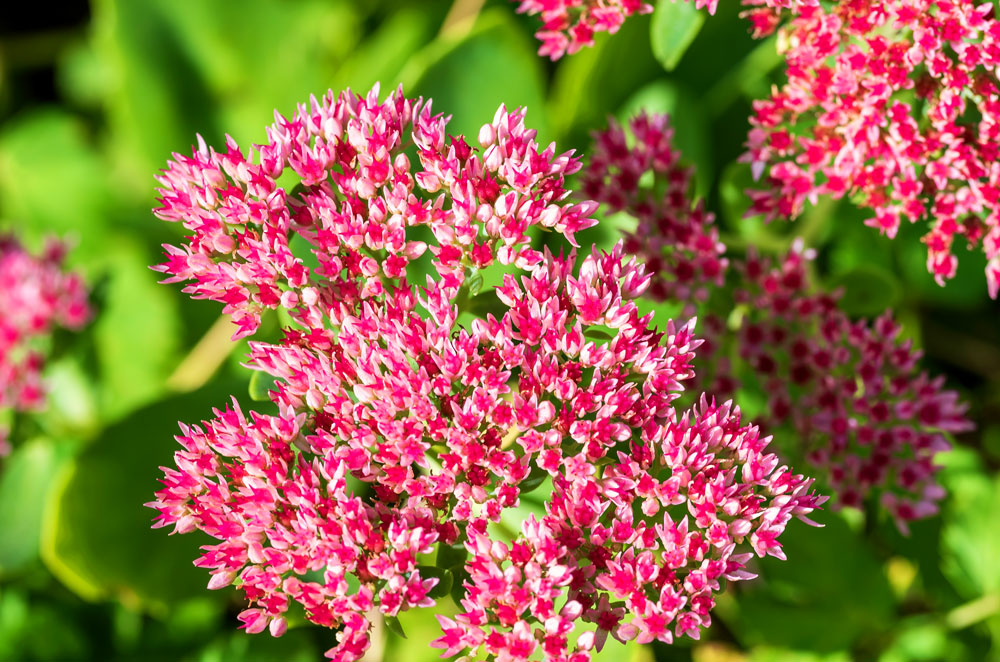
Sedum, or stonecrop, thrives with a mid-summer pruning.
Cutting back the plant by one-third encourages fuller growth and prevents legginess.
You’ll notice more vibrant blooms and a tidier appearance that enhances your garden’s beauty.
15. Astilbe
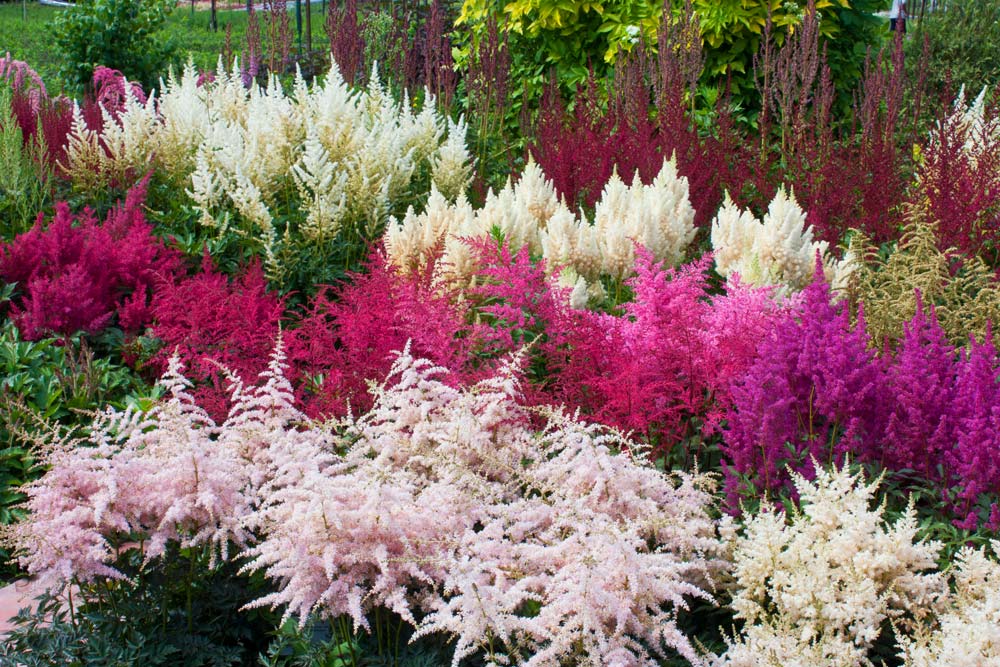
Astilbe, with its feathery plumes and lush foliage, is a fantastic perennial for shady gardens. Pruning them in summer helps encourage new growth and improve their overall appearance.
Trim back spent flower stalks to redirect energy to the roots. This simple step keeps your Astilbe looking fresh and vibrant.
Remember to water well afterward to aid recovery and growth.
Benefits of Summer Pruning for Perennials
Pruning perennials during the summer offers several advantages. It can lead to more blooms, stimulate new growth, and help in disease prevention.
Enhanced Blooms
Summer pruning encourages your perennials to produce more flowers. By trimming spent blooms, you prompt the plant to divert its energy into producing new ones. This simple practice can extend the blooming period of many plants, resulting in more vibrant and longer-lasting displays of color in your garden.
Some perennials, like roses and lavender, particularly benefit from this technique. Removing faded flowers can lead to a second flush of blooms. You maximize the ornamental value of your garden by ensuring continuous flowering throughout the growing season.
Encouraged Growth
Pruning in summer stimulates new growth in perennials. When you remove certain parts of a plant, such as leggy stems or old foliage, it directs energy to new shoots. This not only maintains the plant’s shape but also promotes a healthier and bushier appearance.
For plants like geraniums and salvias, summer pruning can invigorate growth, making them fuller and more robust. Timely cutting back prevents overcrowding, allowing plenty of sunlight and air to reach all parts of the plant. This encourages overall plant vigor and resilience.
Preventing Disease
Summer pruning helps prevent the spread of diseases. By cutting away dead or diseased parts, you reduce the risk of infections that can be detrimental to plant health. Air circulation improves, making the environment less hospitable for fungi and pests.
Plants such as peonies and phlox benefit significantly from this practice. Removing crowded or unhealthy stems minimizes the chances of diseases like powdery mildew, which thrive in humid, congested conditions. Improved air flow and sanitation keep your perennials healthier and more vibrant year-round.


